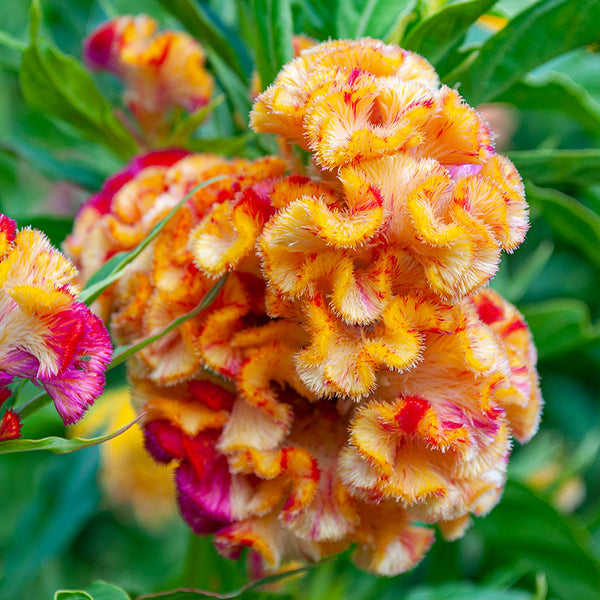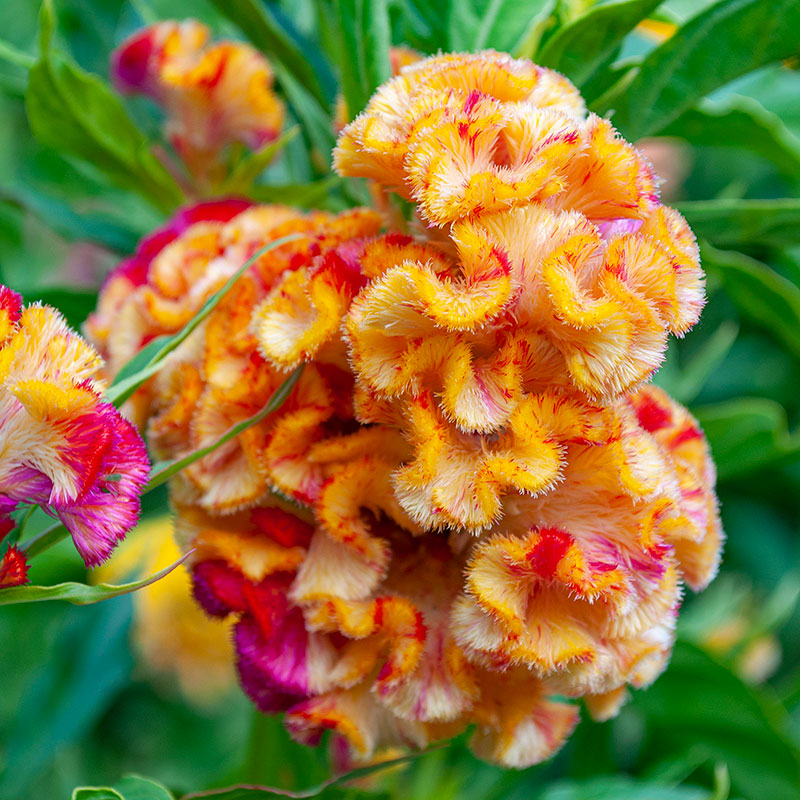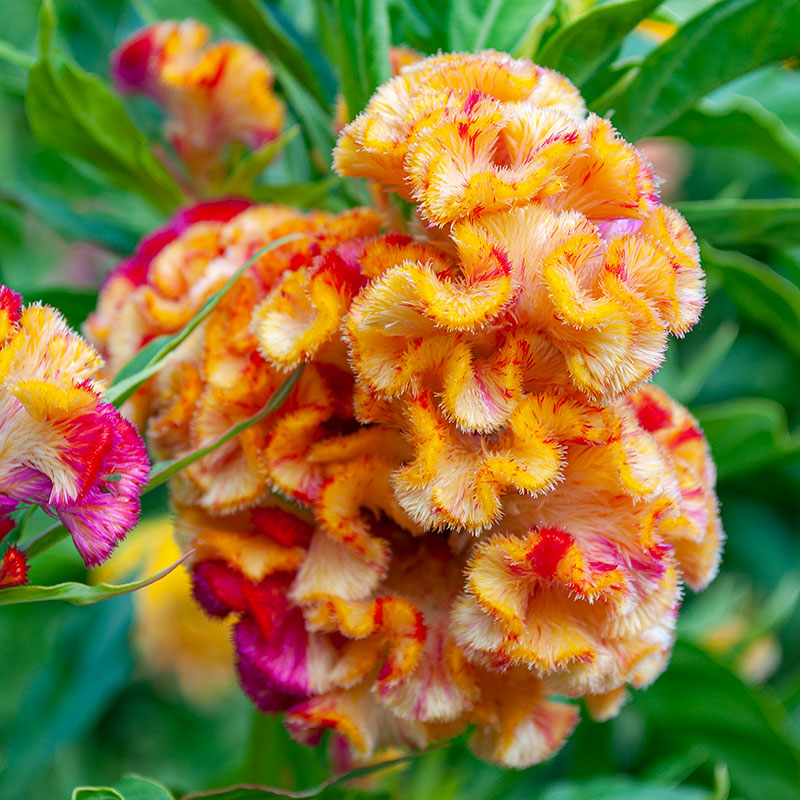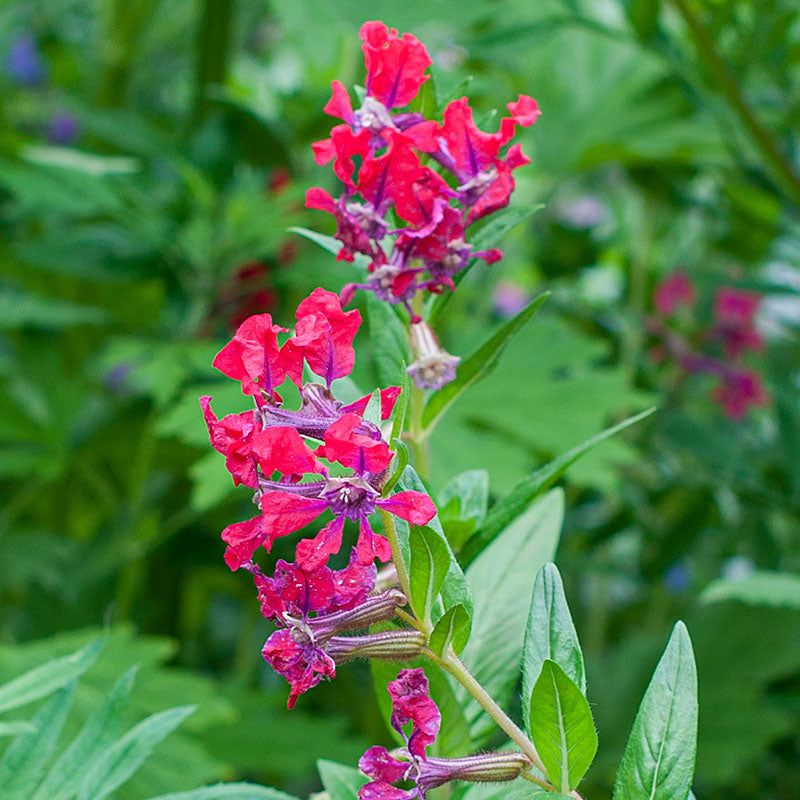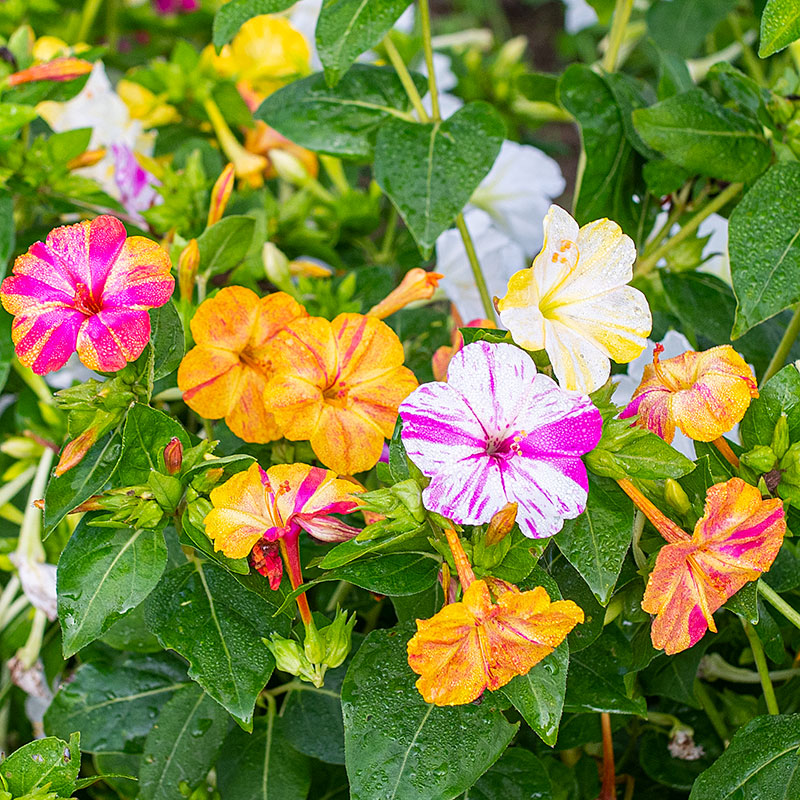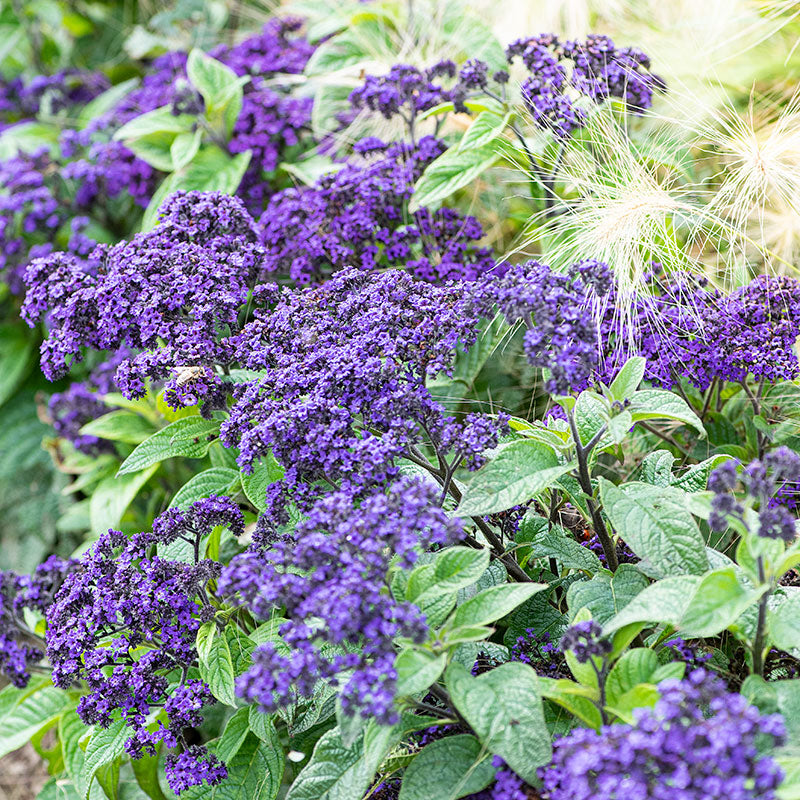SOWING INSTRUCTIONS
Depth:
Surface to barely cover.
Seed To Bloom:
12-14 weeks
Starting Indoors:
Recommended. Sow indoors 6 weeks before last frost. Cover lightly with vermiculite and keep at 68-78°F until germination then at 65°F. Grow in roomy cell-packs to avoid rootbound seedlings and premature flowering.
Starting Outdoors:
Sow outdoors about two weeks after last frost for later blooms in longer season areas.
WHEN TO SET OUTSIDE
Two weeks after last frost when soil has warmed.
PLACEMENT & CULTIVATION
Celosia argentea is indigenous to tropical regions of Africa. Its young leaves, stems, and seeds have long been cultivated as a source of food. An eye-catching addition to mixed summer annuals in cottage gardens, the crested Celosia boasts an intriguing, convoluted texture and glistening color. It is perfect for use as a cut flower, both fresh and dry. To ensure the healthy growth of seedlings and prevent stunted plants with small, premature flowers, maintain consistent soil moisture and fertilization in the early stages of development. Celosia thrives in hot weather and tolerates humidity, requiring compost-rich, well-drained soils with moderate water.
Watering Details:
Keep evenly moist—do not allow to dry out, but avoid saturated soils.
Soil pH:
Slightly acidic to neutral
Fertilizer:
Mix in a couple of inches of compost before planting. Alternatively, feed once a month during the growing season with an organic, all-purpose fertilizer.
Diseases & Pests:
Susceptible to thrips, aphids, spider mites, and whiteflies that can be controlled with insecticidal soap. Provide air circulation and keep water off the leaves or water early morning to discourage any leaf spots. An organic fungicide, such as copper can also be used.
When to Cut for Bouquets:
Harvest when flowers have expanded.






























